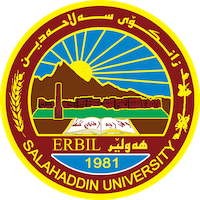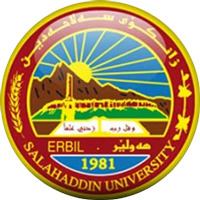Molecular Biology
Molecular biology and genetic research play important roles in current biological research. Molecular biologists study the interaction between types of DNA, RNA and biosynthesis. Genetics delves into the study of genes in living organisms and the implications of heredity and genetic variations. Sub-disciplines in genetics include epigenetics, genomics and proteomics.

Thermal Cycler
The polymerase chain reaction, or PCR, is a technique used to amplify DNA through thermocycling – cyles of temperature changes at fixed time intervals. Using a thermostable DNA polymerase, PCR can create numerous copies of DNA from DNA building blocks called dinucleoside triphosphates or dNTPs. There are three steps in PCR: denaturation, annealing, and elongation. Denaturation is the first step in the cycle and causes the DNA to melt by disrupting hydrogen bonds between the bases resulting in single-stranded DNA. Annealing lowers the temperature enough to allow the binding of oligonucleotide primers to the DNA template. During the elongation step DNA polymerase will synthesize new double-stranded DNA.

DNA gel Electrophoresis System
DNA gel electrophoresis is a technique used for the detection and separation of DNA molecules. An electric field is applied to a gel matrix comprised of agarose, and within the gel, charge particles will migrate and separate based on size. The negatively charged phosphates of the DNA backbone cause DNA fragments to move toward the anode - a positively charged electrode.

Gel Documentation System
This device is used to display DNA fragments after electrophoretic run.

Separating protein with SDS-PAGE
Sodium Dodecyl Sulfate Poly-Acrylamide Gel Electrophoresis , or SDS-PAGE, is a widely-used technique for separating mixtures of proteins based on their size. SDS, an anionic detergent, is used to produce an even charge across the length of proteins that have been linearized. By first loading them into a gel made of polyacrylamide and then applying an electric field to the gel., SDS-coated proteins are then separated. The electric field acts as the driving force, drawing the SDS coated proteins towards the anode with larger proteins moving more slowly than small proteins. In order to identify proteins by size, protein standards of a known size are loaded along with samples and run under the same conditions.

Refrigerated Centrifuge
This device is mainly used in nucleic acid isolation and in microbiology to seperate two liquids in emulsion form or suspended solids in liquids by the help of the centrifugal force.

DNA Ligation Reaction
In molecular biology, ligation refers to the joining of two DNA fragments through the formation of a phosphodiester bond. An enzyme known as a ligase catalyzes the ligation reaction. In the cell, ligases repair single and double strand breaks that occur during DNA replication. In the laboratory, DNA ligase is used during molecular cloning to join DNA fragments of inserts with vectors – carrier DNA molecules that will replicate target fragments in host organisms.

Restriction Enzymes Digestion
Restriction enzymes or endonucleases recognize and cut DNA at a specific sequence. These enzymes occur naturally in bacteria as a defense against bacteriophages - viruses that infect bacteria. Bacterial restriction enzymes cut the invading bacteriophage DNA while leaving the bacterial genomic DNA unharmed due to addition of methyl groups.

Hybridization Oven


